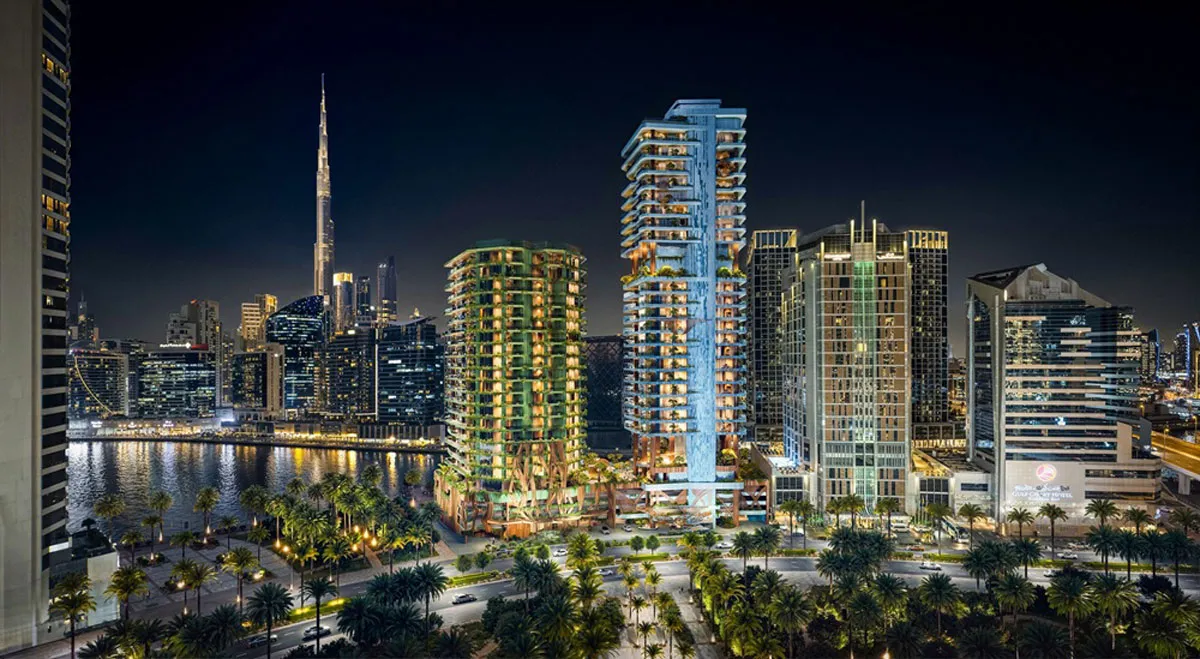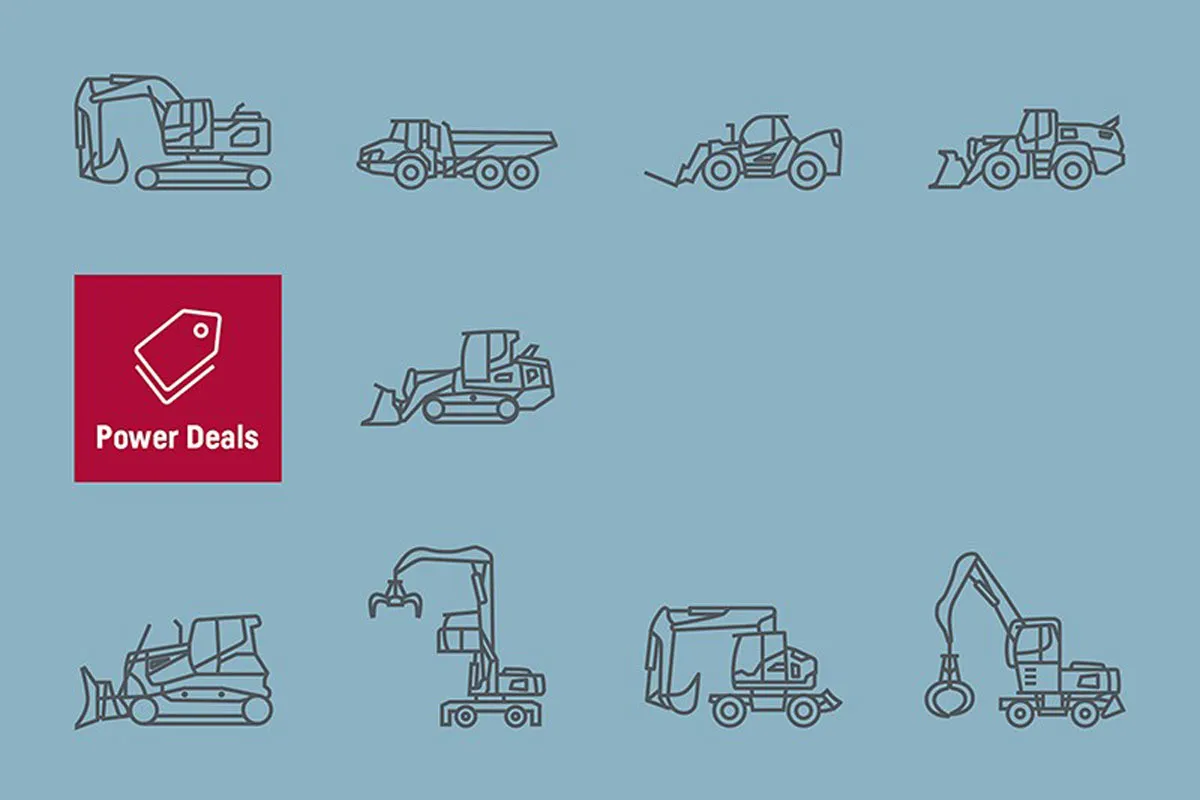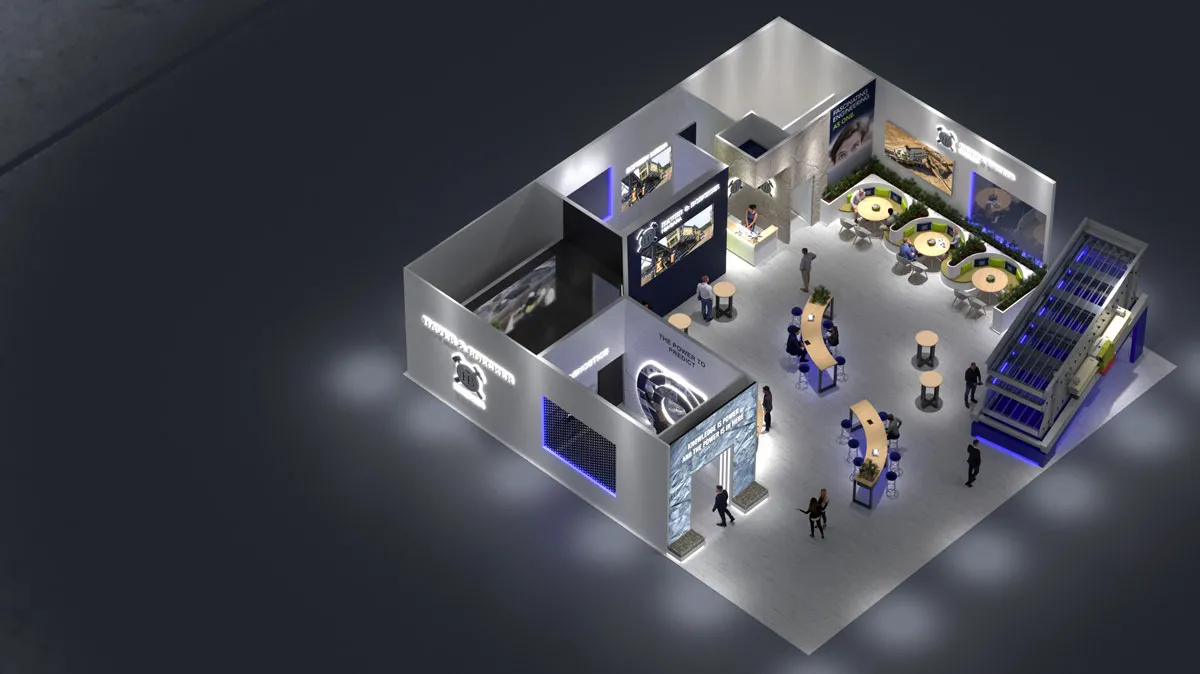In the third in a series of features showcasing experiences with building material, Chetan Raikar, Chairman and Managing Director, Structwel Designers & Consultants Pvt Ltd, talks about marble in construction.
Used best as a finishing material, the number of projects executed using marble purely as a construction material are minimal. However, there can be many firsts, and for Chetan Raikar, Chairman and Managing Director, Structwel Designers & Consultants Pvt Ltd, it is marble. Having 25 years of experience in engineering and architectural consultancy, Raikar not only studied marble as a material but also explored the hidden properties that qualify it for executing structural works. In conversation with Shriyal Sethumadhavan, he unravels his maiden experience in using this material. Excerpts...
Research involved: In the past, we have constructed small arches, fountains and artefacts, which are 10-15 ft high, using marble. However, the Haji Ali Dargah reconstruction is our first project, where we decided to use marble as a construction material in such large quantities.
Several samples were made in the form of beams and blocks and were subjected to structural testing in the laboratory. Through these, the engineering properties of marble as a material were discovered. We also conducted extensive petrographic testing, wherein, in order to understand the core size of marble, it is viewed in a magnified form under the microscope. Core size is the gap between the particles of the material. If the core size is high, it will absorb more water and air and will deteriorate faster.
Following our research, we took approvals from the BMC, the heritage committee and the trust.
Marble mining: Marble is quarried mostly by manual means. Good quality marble can be procured when excavated to the core, and based on colouration, pure white or marble with 70-80 per cent black streaks can be obtained. Marble is also available in huge blocks of about 10 ft x 5 ft x 5 ft, which are excavated by the process of drilling and blasting. These blocks are then taken out and cut into the required size, be it for slabs or concrete marble blocks.
Similarly, while creating structures, no special care is taken while procuring marble. The only distinguishing factor is the size of the marble to be used. In the construction of Haji Ali, marble with a special size of 4 ft x 4 ft x 6 ft needed to be procured. In addition, we also had to ensure that the marble was of the purest white type available, at least in the facia, where it is seen prominently.
Prominent properties: For a structure that must last for centuries, it has to be highly weather-resistant, and this is one of the prominent qualities of marble. In fact, any kind of stone is a good option. You can opt for sandstone, granite or marble. However, it is very difficult to carve and carry out inlay works on granite, and sandstone absorbs water, which makes it unsuitable for Mumbai-like weather. So, to construct a structure in a city like Mumbai, which is located near the sea, marble appears to be the only material. It is beneficial in terms of aesthetics, longevity, durability and adds value to the structure. For me, Haji Ali appears to be a unique structure, as no other dargah has been constructed using marble in this magnitude.
Age old techniques: The technique of building a marble wall differs from that for a brick, concrete or concrete block wall. Marble stones have to be interlocked using copper or brass pins as these make them earthquake resistant. A hole is drilled into the neighbouring stone at the time of construction, and brass pins are inserted using molten lead, which further bonds the material. A tongue-and-groove technique can also be used for interlocking the marble. The adjoining block has a recess, and a projection of the same size as the recess is created in the neighbouring block. Both blocks are made to slide into each other, and the projection fits perfectly into the recess. Both these blocks then start acting in unison, and in case of an earthquake, do not move into each other. Another technique is the zero jointing technique, where the stones are pasted together internally using white cement and lime in small quantities. However, this jointing material is not externally visible.
These are age old techniques of stone construction, which are still being deployed today as contemporary methods. And we have incorporated all of these in our reconstruction project.
Comparing marble: Marble is available in many varieties. One can get marble from Italy, Greece, Australia and several other countries. In India, Baroda, Makrana and Rajasthan are most famous for their marble. We decided to opt for Indian marble because it has the best weather protection capability and the least water and air absorption percentage.
In the form of a construction material, Italian marble has more s and crevices than Indian marble. It also has increased absorption tendencies and is more likely to and undergo pitting. In such a combination, the water can seep inside, evaporate and thus expand the marble, making the crevice even deeper. Italian marble is best for cladding or flooring; however, in construction, it does require protection and is not as strong.
In civil engineering works... Marble cannot be treated as a dependable side rock for laying the foundation of important civil engineering constructions. When marble is used in large blocks, it has the tendency of leaving what one typically calls faults in the stone. These faults are hidden s that are not apparent on the surface. Eventually, these faults open up, following which a structure can collapse. Hence, from this angle, marble is not recommended as a foundation stone material because the foundation carries the maximum load of the structure, further transmitting it to the ground. Hence, it makes sense to have a strong foundation in concrete and then use marble above the ground level. Similarly, in Haji Ali, without changing the footprint, we have used the existing foundation, and the structure has been taken up above the ground level.
Haji Ali reconstruction: The Haji Ali Dargah is situated in the middle of the sea. So, if concrete or steel is used for construction, the structure will have a limited life. Moreover, the dargah, being a heritage structure, was originally white, and marble gives the required colour along with longevity, grandeur and aesthetics.
We went through around 40 samples of marble, which were further subjected to scientific investigations. We discovered that the best marble for Haji Ali was the one from Makrana, which is 40-50 km away from Jaipur, Rajasthan. This marble is not just one of the whitest stones available in India but is also the toughest and has the required moisture and air absorption properties.
I was stunned when I came to know that this is the same marble that was procured to build the Taj Mahal. When Emperor Shah Jahan constructed the Taj Mahal 500 years ago, Makrana marble, quarried in the very same 'Mathapar mine', was used. It is indeed a marvel that even without microscopes and sophisticated laboratories, this particular stone was, so many years ago, recognised for its strength, resistance and ability to last for centuries.
Marble advantage: The lack of cement and steel will not have any negative effect on the structure of Haji Ali. In water, steel can corrode and cement can erode, but marble will not erode for a long time – the process is substantially slower. In a nutshell, cement and steel are not durable for centuries. They may have an aesthetic appeal and strength for a long period, but in the longer run, using marble or any other stone would be a wiser option. The Dargah Sharif is expected to last for centuries or till doomsday, Aa Qayamat, as is believed in Islam. Even if the structure was on land, durability would be the first consideration, irrespective of whether the structure is on land or sea.
The prime advantage of marble is that it does not require any external coating or colouring over a period of time. All it calls for is an excellent polish, and it can outshine any normal structure that is constructed in concrete and plaster. Another advantage is that one can opt for any kind of engraving on the stone. At the Haji Ali Dargah, we are carrying out several kinds of craftsmanship or karigari. Verses from the Quran Sharif are being carved into the marble in calligraphy, and black coloured marble or granite is used for inlaying these into engraved marble.
Secondly, we are inlaying coloured stones. In the Taj Mahal, precious stones like ruby, coral and diamonds were used, which are missing today. Nevertheless, one can see those indentations at the dargah, which we have created not with precious, but with semi-precious stones. This is typically called inlay work, where floral and creeper patterns are engraved on the facis – the front wall of the Dargah. The third type of work on marble is called relief work, where one would typically create a marble grid. The pattern engraved on the marble is in the form of floral designs and other motifs.
Overcoming challenges: Firstly, it is important to understand the technique of interlocking marble. This technique was also used to construct the Rajabai Tower. In Haji Ali, the entire 95 ft minara is being constructed in interlocking marble, and the depth of each slab is 4 ft x 1.5 ft x 2 ft. Such a huge stone has to be cut and carved with perfect precision so that it interlocks perfectly, which is a technique in itself. I personally visited Rajabai Tower and spent four hours trying to understand the interlocking of stones. I did the first drawing and then developed the technique.
It was also a huge challenge to make the structure earthquake resistant because Mumbai is located in earthquake zone three. I conducted a 3D structural analysis of the material using computer software to facilitate this. The next challenge was to hire a contractor who was willing to procure the stone, do the carving and sell it at a reasonable price.
Accepting marble: Apart from being aesthetically pleasing, marble is also an architect's delight. It offers creativity,
variety and can be played around with. Affordability in marble is certainly an issue. It is almost 10 to 15 times costlier to build a structure in marble. Phase I of Haji Ali costs Rs 12 crore. It is a 4,000 sq ft structure, which amounts to almost Rs 30,000 per sq ft of construction. But, when the structure has to last longer, incurring such a cost is worth it, and more than that, there is no other option.
Someone who understands the value, the worth of creating something in marble and leaving it for centuries to come, would opt for marble as a material. Marble can be used in building monuments, but its use in a bungalow is limited due to the cost and the speed of construction, with the latter reduced to a considerable extent. Haji Ali itself will take three years for completion, from the original estimate of two and a half years. And this is just for phase I. If the same structure was to be reconstructed in concrete, it would probably have been completed in 12 to 15 months.
Marble in structures: Building a structure with marble is not a new concept as such. But for me, this is my first initiative. Since Haji Ali is a heritage structure, without changing the footprint and the broad dimensions of it, we wanted to make the structure aesthetically more pleasing, since the earlier structure did not have marble.
Apart from Haji Ali, there are quite a few Jain temples that are constructed in marble because the Jains refrain from using steel, which is a perishable material. We also have the Akshardham and Bahai temples, where marble has been used. Hence, marble is by far the best choice, both in terms of aesthetics, as a covering material, and strength, as a construction material.
Physical properties of marble
Hardness: 3 to 4 on Moh’s scale
Density: 2.5 to 2.65 kg per cu m
Compressive strength: 1,800 to 2,100 kg per sq cm
Water Absorption: Less than 1 per cent
Porosity: Quite low
Weather Impact: Resistants
Would you like to share your experience with any material? Write in at feedback@ASAPPmedia.com



















